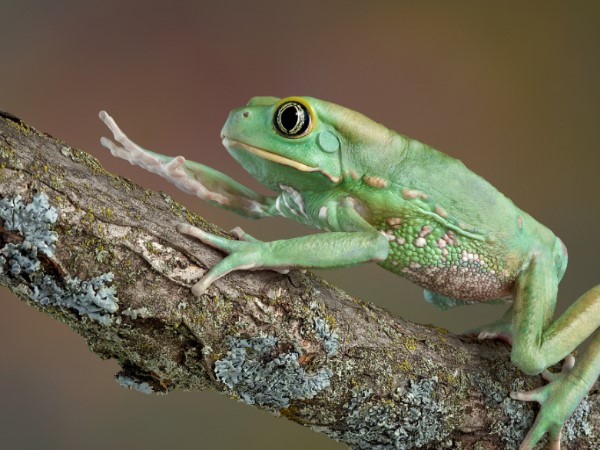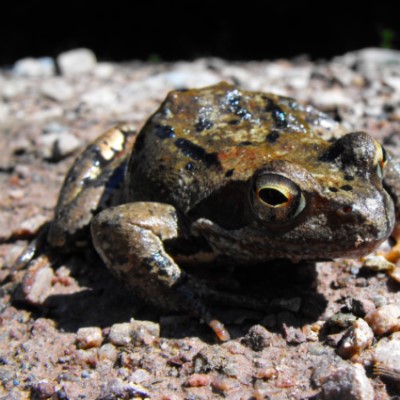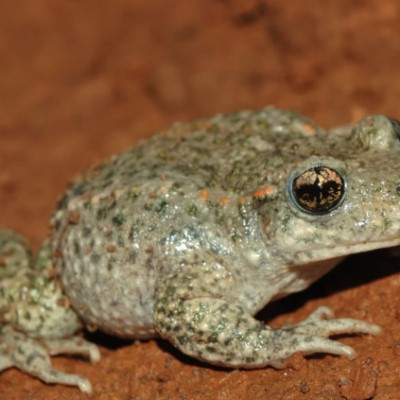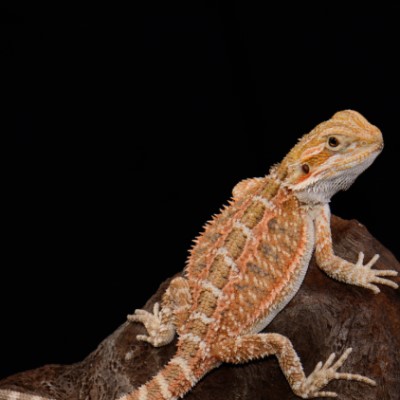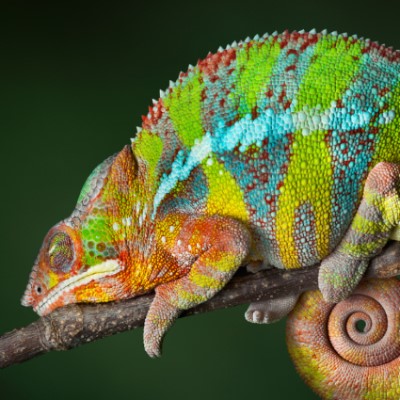Different types of tree frogs:
· Red-eyed Tree Frog: You can’t miss this frog—he has large red bulging eyes—that comes in shades of green and sometimes blue.
· Gray Tree Frog: Two inches long found in the eastern United States and Canada. Gray in color as the name suggests and loves humid, moist habitats near water.
· Cuban Tree Frog: This larger tree frog grows into adulthood at five to six centimeters. This frog loves the shade and, of course, tall trees.
· White Tree Frog: Also called Australian tree frog or dumpy tree frog, from Australia and New Guinea. The white tree frog is the most common.
· Green Tree Frog: There are two species of Green Tree Frog—the American and the Australian. Both have green camouflage skin although the American is two-and-a-half inches long and the Australian is about four inches. The American green tree frog comes in lime green to olive green colors. If frightened or attacked, the Australian green tree frog will scream to scare off predators.
Common Reasons for Surrender
Occasionally, the tree frogs may be surrendered by a university laboratory which used the frogs for testing.
Pros
Frogs are fascinating to watch. They can be extremely colorful, have rounded “disc” toes which help them climb up the side of trees (and your tank), and caring for them is extremely easy.
Cons
It is illegal in many states to catch any animal in the wild and keep it at home. This necessitates buying a frog at a pet store. Frogs have a long lifespan and children tend to lose interest quickly with most pets.
Diet
Overall, tree frogs will eat insects and worms. A few such as the Cuban tree frogs are carnivorous and will eat small frogs.
Exercise
Your tree frog will naturally exercise if you provide her with the vivarium, clean water, and a rock to hop onto.
Possible Health Issues
Be sure to keep your frog away from predators such as lizards, snakes, some birds, and the Cuban tree frog. Most tree frogs are hardy and rarely get sick if they come home healthy and are kept clean. The biggest risk to sickness is when a frog ingests food that is laden with parasites. To avoid this, purchase insects online or at a pet store. Insects caught in your back yard may be laden with parasites.
Housing
Plastic trees can be used in the vivarium as long as the plants are the kind found in pet stores and non-toxic. Soil and peat moss can work as a substrate in the bottom of a ten-gallon tank that also holds a shallow water dish for bathing.
Your frog’s home needs to be warm, ventilated, and moderately humid. Tree frogs are easy to care for and require at least a ten-gallon tank with a lot of ventilation and moderate humidity. This frog likes moss but also does well using coconut fiber as substrate on the floor of the tank. Coconut fiber can be misted to provide the humidity this frog loves. Be sure to mount an ultraviolet light with a timer, not a heat lamp. Ask your pet store as to which is better.
This frog’s vivarium needs humidity and plant life complete with climbing logs with ventilation. Most of the tree frogs need an ultraviolet light with a timer, not a heat lamp. Be sure to research your frog species to determine individual lighting needs. Tree frogs need damp moss substrate and hiding spots where they can cool off.
Grooming
Clean the vivarium occasionally to prevent mold.
We want to thank Reptile and Amphibian Rescue, Los Angeles, California; Lancaster Herpetological Society, Lancaster, Pennsylvania, and Aquatic Frog Rescue and Adoption for help with this profile.
